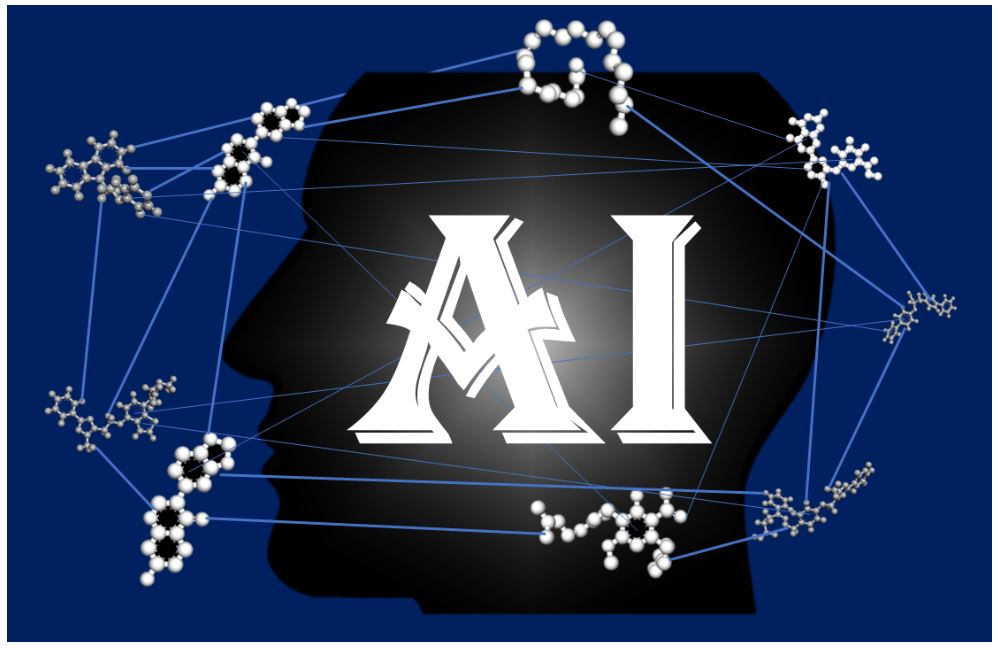AI in Assisting Novel Drug Candidates Search

Here at Prescience Insilico, we are developing algorithms to design solutions to this problem. We came up with an App, AI/SyMoG (Artificial Intelligence/Synthetic Molecule Generator) as a module in the PRinS3 platform that is trained on scaffolds from input using a graphical neural network. Key features of our app is we have models trained based on different protein classes ie kinases, phosphates, transferases to name a few. Further the App provides more information on physicochemical properties of the input molecules and new molecules generated. We can also differentiate between the molecules generated from the input by looking at their scaffold from the scaffold clustering being computed. These molecules can be visualized and checked for their similarities. The large data could also be filtered and downloaded as PDB, which can be directly used for X-HTVS or X-ESS as potential ligands for screening. We carefully and tactically designed this app, to help in finding novel molecules that can be potent drug candidates. This also helps in identifying the novel molecules and input scaffold based drugs. So, scientists can file an IP and create a large database of molecules, which could be further validated by our virtual screening App X-HTVS and X-ESS. For more details of these Apps please visit our webpage at https://www.prescience.in/prins. For accessing the platform and all the information needed for the optimal experience, please reach out to us at support@prescience.in For a holistic framework of the complete drug discovery pipeline, visit www.prescience.in and browse through our existing available applications, including BioIn, ChemIn, X-ESS and X-HTVS.
Sumedha Bhosale